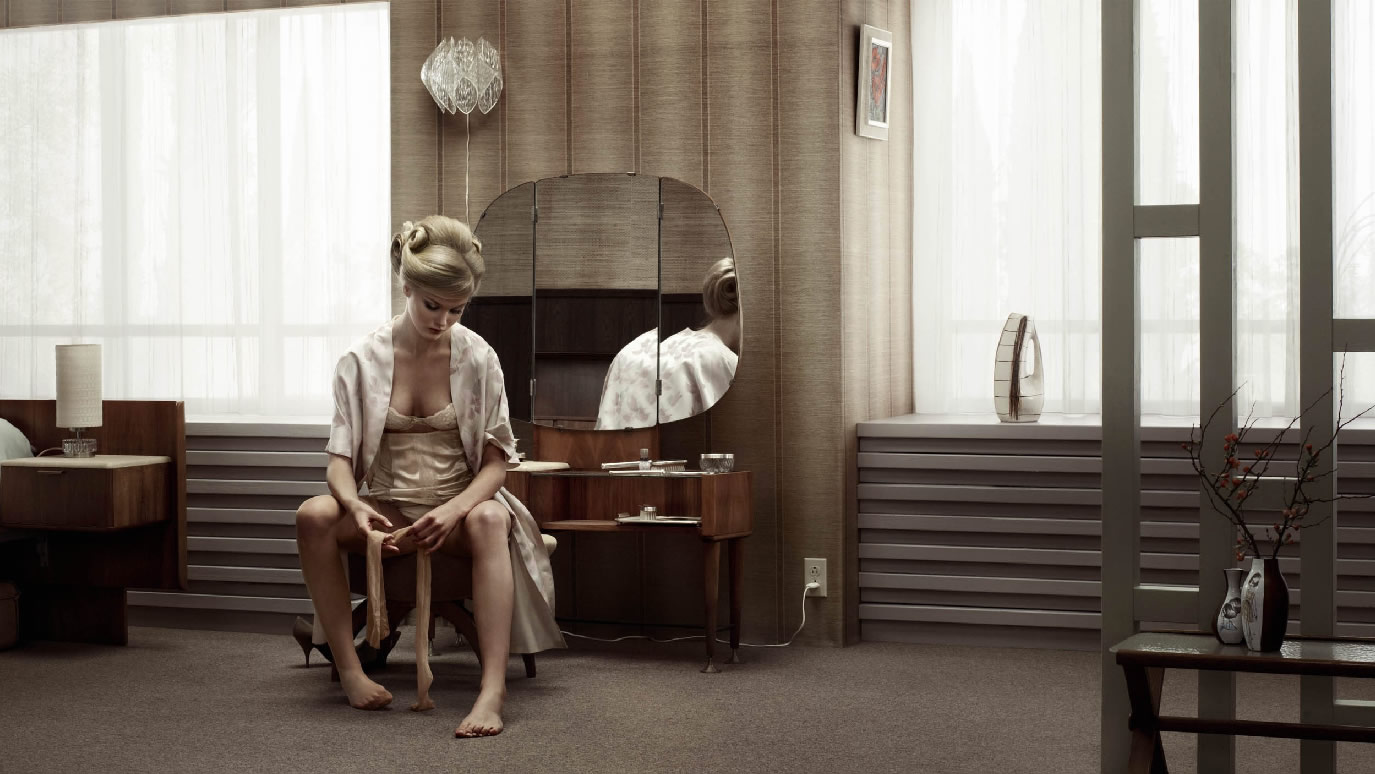Directed by Life magazine photographer Gjon Mili in 1944.
Gjon Mili, 1904 – 1984
Engineer and self-taught photographer who was the first to use electronic flashes and stroboscopic lights to create photographs
Since
the late 1930s, his photographs of dance, athletics, and music and
theatr performances have astonished and delighted millions of
viewers, revealing the beautiful intricacy and graceful flow of
movement too rapid or too complex for the eye to discern. His
portraits of artists, musicians, and other notables are less visually
spectacular, but equally masterful.
In 1939, Mili became a freelance photographer working for LIFE. In
the course of more than four decades, literally thousands of his
pictures were published by LIFE as well as other publications.Gjon Mili is the one photographer who has formed our contemporary visual understanding of movement, both in the direct example of his pictures and in the influence his work has had on all action photographers who have come after him.
light painting photographer known for his striking images at LIFE, been described as a pioneer in illustrating time as a pioneer in stroboscopic
photography. Hailed for capturing sequences of human actions in
a single image by using a rapid series of successive electronic flashes and
stroboscopic light.
pioneer of stroboscopic photography
distinctive aesthetic style. High in contrast and razor-sharp,
Mili’s pictures often reveal athletes, dancers and other performers at moments
of peak action. He sometimes used a rapid series of flashes to trace the
evolution of a motion or gesture. His most famous images feature brightly
rim-lit subjects against a background of pure black.










No comments:
Post a Comment